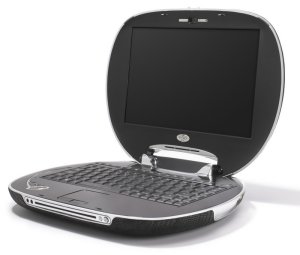Source: ChristianToday
by Jennifer Gold
Here is a disturbing story that you won't see on the big three networks, nor CNN. It's about persecution against Christians -- by the Chinese government. After reading this story, I urge you to contact your federal representatives and ask for an investigation into human rights and religious rights violations by the Chinese.
The international Christian community stands in shock as reports circulate that China hasFor the record, I highly disagree with the tactics and actions of the so-called "Christian group", Three Grades of Servants, to which Shuangfu, Maoxing and Jun belonged. Whatever their beliefs, human beings do not deserve severe torture, sexual abuse, murder and unlawful cremation -- which is what happened to the members of the group by the Chinese government. I invite you to read ALL of the links associated with this story -- and then contact federal officials to demand action!
secretly carried out the execution of three religious leaders from a highly controversial Christian group.
The lawyers and families of the three men, Mr Xu Shuangfu (60), Mr Li Maoxing (55) and Mr Wang Jun (36), have reported that they had not received a final verdict from their appeal, and had not been told about the executions when they were carried out, Christian Solidarity Worldwide has told Christian Today.
China Aid Association (CAA) reports that the wife of Mr Li Maoxing was asked to collect his ashes at 2.30 pm Chinese time on 28 November. The request came from the Intermediate Court of Shuangyashan City in Heilongjiang Province, from where she was instructed to collect the remains. Mr Li Heping, one of the lawyers for the church leaders, told CAA that the three men were executed at some point last week and said that he was deeply disturbed by the secret and arbitrary execution.
Although the three were members of one highly controversial group operating in China, the human rights violations have been the core factor of concern for much of the international religious community. The case has been of particular concern as evidence emerged at the trial that severe torture and sexual abuse had been used against the defendants to extract confessions, CSW reported.
Bob Fu, President of CAA, is concerned that the local government is covering up the evidence of torture by secretly cremating the bodies. Mervyn Thomas, Chief Executive of CSW comments: “It is shocking and deeply disturbing that these executions were carried out without even notifying the family or lawyers. China has shown itself in breach of legal procedures, international standards and the rule of law. The secret executions and the evidence of harsh torture once again shine the spotlight on the lack of justice in the country. We are deeply grieved for the family of the executed men, and also for the lack of the protection of the rule of law for the population as a whole.”


















